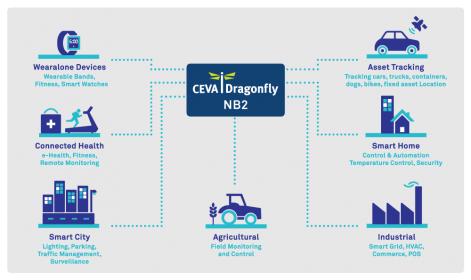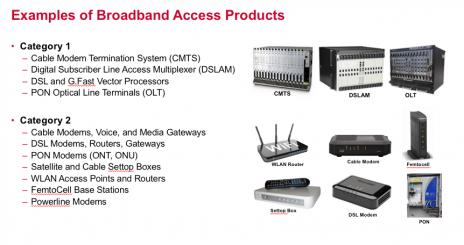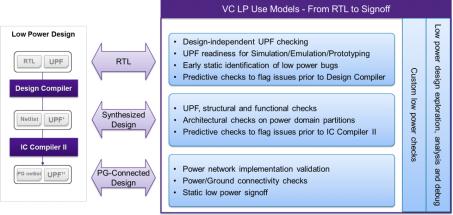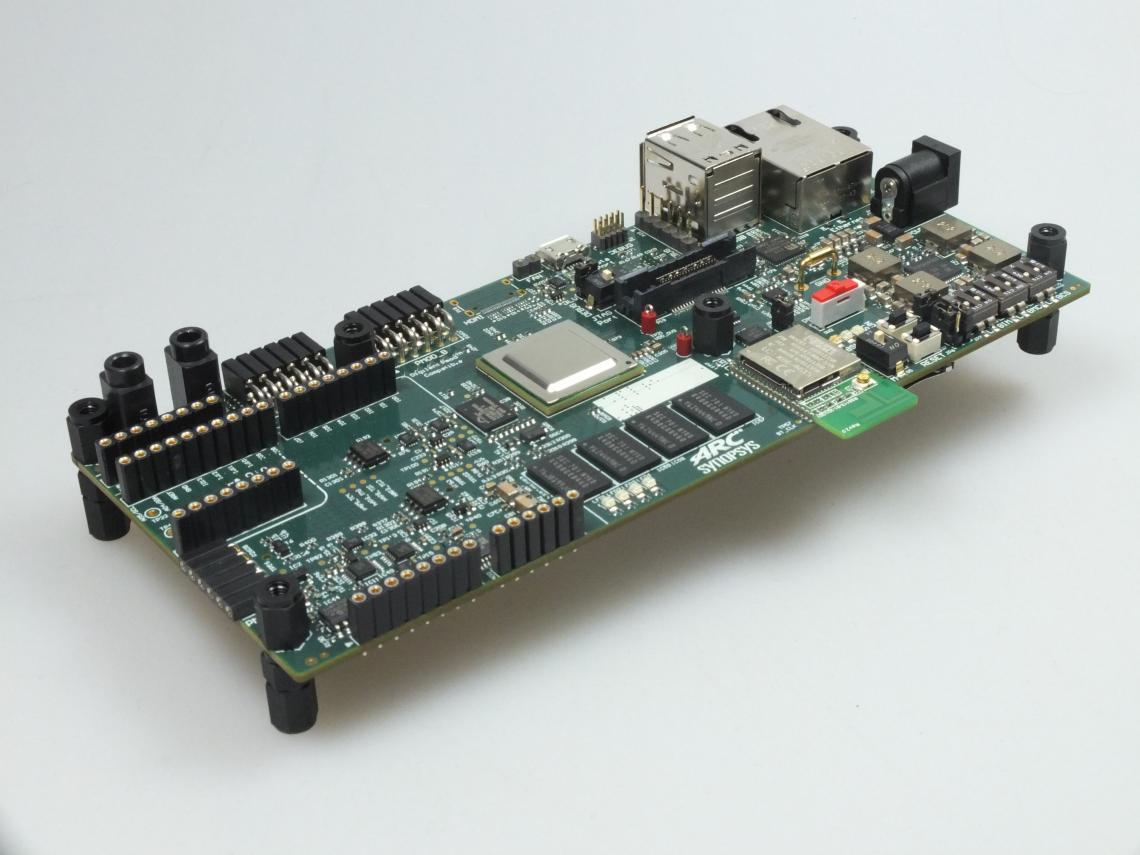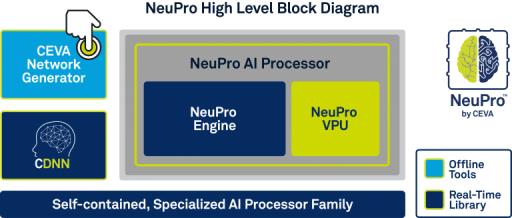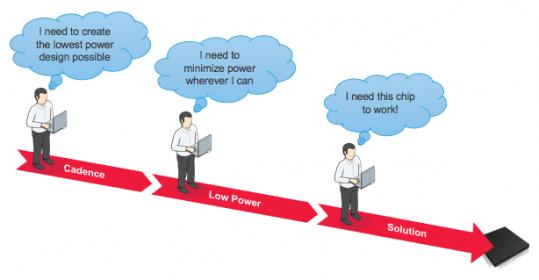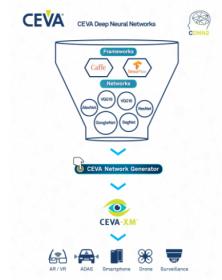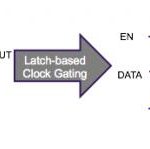I wrote last month about CEVA’s Dragonfly-NB1 platform, a single-chip IoT solution supporting narrow-band cellular communication; this can meet aggressive total solution price-targets for high-volume deployment, long-range access and the low-power needed for 10+ year battery lifetimes. That solution, based on Release… Read More
Tag: low power
Design for Power: An Insider View
The second keynote at Mentor’s U2U this year was given by Hooman Moshar, VP of Engineering at Broadcom, on the always (these days) important topic of design for power. This is one of my favorite areas. I have, I think, a decent theoretical background in the topic, but I definitely need a periodic refresh on the ground reality from the… Read More
Low Power Verification Shifting Left
I normally think of shift left as a way to move functional verification earlier in design, to compress the overall design cycle. But it can also make sense in other contexts, one particularly important example being power intent verification.
If you know anything about power intent, you know that it affects pretty much all aspects… Read More
More Than Your Average IP Development Kit
When I think of an IP development kit, I imagine software plus a hardware model I can run on a prototyper or, closer to the kits offered by semi companies, software plus a board hosting an FPGA implementation of the IP along with DDR memory, flash and a variety of interfaces. These approaches work well for IP providers because hardware… Read More
CEVA Ups the Ante for Edge-Based AI
AI is quickly becoming the new killer app and everyone is piling on board as fast as they can. But there are multiple challenges for any would-be AI entrepreneur:
- Forget about conventional software development; neural nets require a completely different infrastructure and skill-sets
- More and more of the interesting opportunity
The Practice of Low Power Design
For any given design objective, there is what we in the design automation biz preach that design teams should do, and then there’s what designs teams actually do. For some domains, the gap between these two may be larger than others, but we more or less assume that methodologies which have been around for years and are considered to… Read More
DSP-Based Neural Nets
You may be under the impression that anything to do with neural nets necessarily runs on a GPU. After all, NVIDIA dominates a lot of what we hear in this area, and rightly so. In neural net training, their solutions are well established. However, GPUs tend to consume a lot of power and are not necessarily optimal in inference performance… Read More
Embedding FPGA IP
The appeal of embedding an FPGA IP in an ASIC design is undeniable. For much of your design, you want all the advantages of ASIC: up to GHz performance, down to mW power (with active power management), all with very high levels of integration with a broad range of internal and 3[SUP]rd[/SUP]-party IP (analog/RF, sensor fusion, image/voice… Read More
Analysis and Signoff for Restructuring
For the devices we build today, design and implementation are unavoidably entangled. Design for low-power, test, reuse and optimized layout are no longer possible without taking implementation factors into account in design, and vice-versa. But design teams can’t afford to iterate indefinitely between these phases, so they… Read More
Webinar: Synopsys on Clock Gating Verification with VC Formal
Clock gating is arguably the mostly widely-used design method to reduce power since it is broadly applicable even when more sophisticated methods like power islands are ruled out. But this style can be fraught with hazards even for careful designers. When you start with a proven-correct logic design and add clock gating, the logic… Read More


